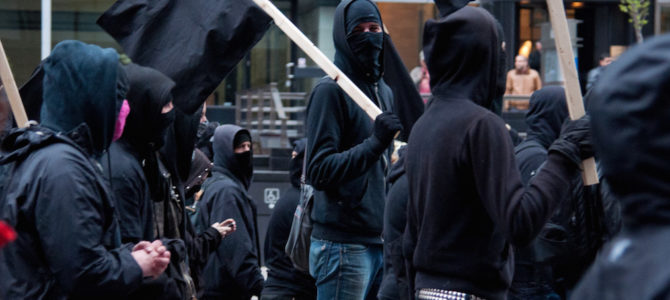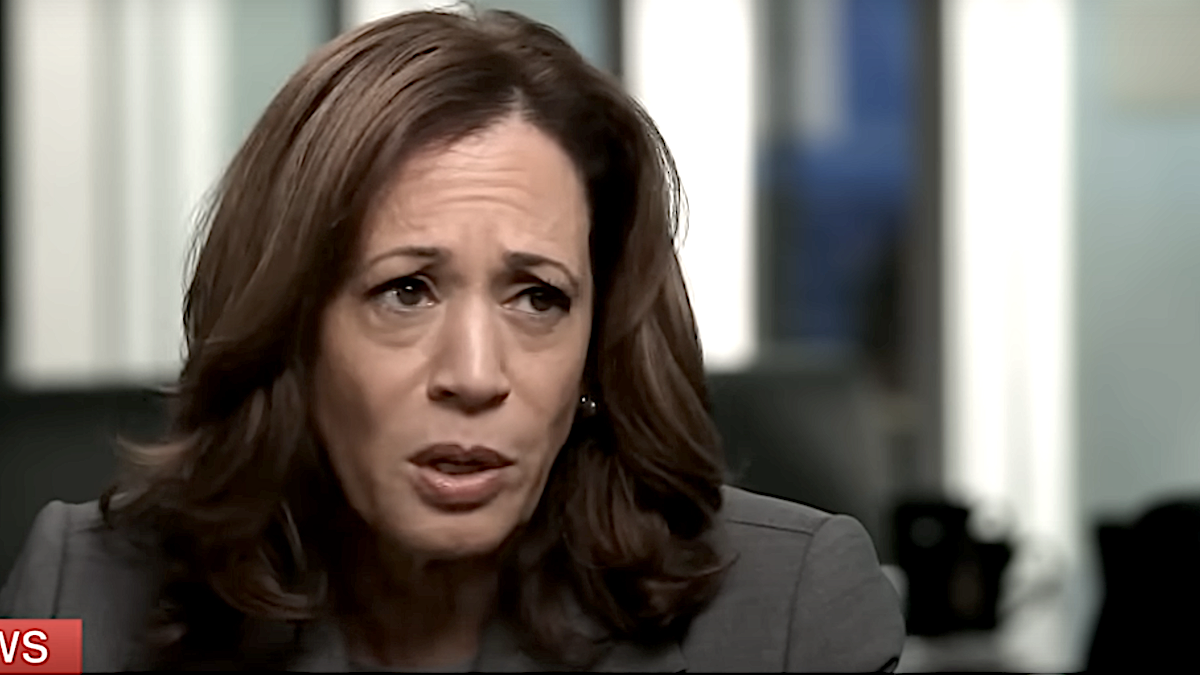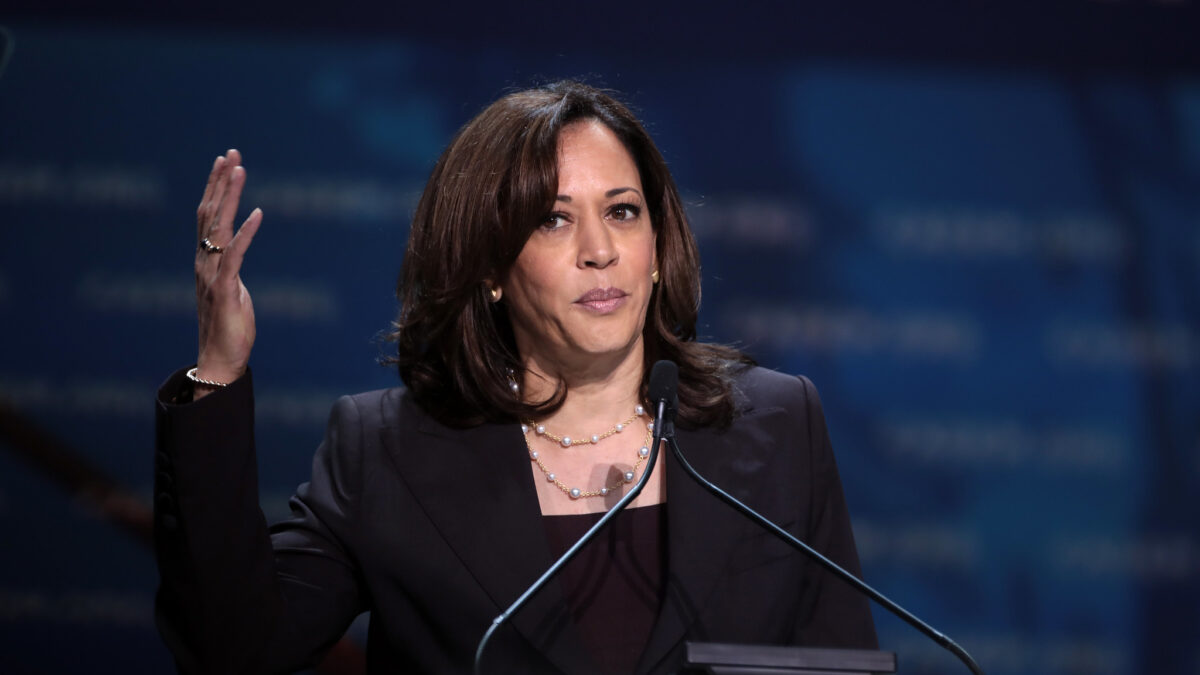
In the age of Donald Trump, two groups have emerged, one on each side of the political divide, to play the role of menacing bogeyman. On the right, the so called Alt-Right began to emerge during the last GOP presidential primary as Twitter bullies and obnoxious bloggers. They eventually held a gathering in Charlottesville, Virginia that tragically led to the murder of Heather Heyer.
On the left, Antifa, which was not created in response to the Alt-Right but has taken on, at least in many quarters of the media, a shine for fighting the Alt-Right, has engaged in violent counter protests, assaulted journalists, and had a member of its ranks implicated in a brutal murder at an ICE facility.
Neither group is entirely insignificant and neither should be fully ignored. But at a certain point the media has to ask itself if it is giving too much oxygen and credit to these tiny groups that have little to no effect on most American lives outside of the social media outrage factories.
Before going on, I should admit the plank in my own eye, having spilled quite a bit of ink writing about and attacking both. But as the 2020 election cycle threatens to make an already divided America even more volatilely divided, we all need to be cautious about making these small, fringe groups the avatar for the millions of Americans with differing political views from our own.
When I have suggested that the left makes too much of the Alt-Right and the right makes too much of Antifa, I have met balking objections from both sides. They typically run rather like this.
From the right: “But Antifa has institutional support in universities and a coddling mainstream media that encourages their actions. Moreover, in places such as Portland, Oregon, they operate with a degree of impunity from the police.”
Then I hear from the left. “The Alt-Right was a driving force behind electing a president who has made excuses and apologies for it, it remains a policy force within the administration, and one of its members committed a heinous murder that could have killed far more people.”
There are elements of truth to all of these claims, but also a pretty high degree of exaggeration. While police in many instances have handled Antifa rallies (riots?) badly, many Antifa members have been arrested. While it’s true that many in the institutional left and the media have made excuses for Antifa, very, very few actually endorse their tactics or platform, to the extent they have one beyond “make trouble.”
Likewise, the Alt-Right did have some influence on Trump’s election, but it was nowhere near the driving force behind it. As far as policy goes, on issues like immigration and foreign policy, what many on the left see as Alt-Right influence is actually the influence of West Coast think tanks like Hoover and Claremont that have nothing at all to do with the Alt-Right, but make sincere and sometimes compelling arguments about the future of America.
The attraction to conflate these two groups, Antifa and the Alt-Right, with so little actual power to the broader movements they claim to represent is easy to understand. But it can also be lazy. Of course it’s easier to attack the fringe and pretend it’s the center of the other side than it is to address the legitimate concerns of reasonable people one disagrees with.
But small, militant fringe groups are nothing new in American history. On the left, the Weather Underground killed innocent people in the early 1970s while being somewhat coddled by the media, and its former members are sometimes feted by prominent liberals, but their actual agenda never took any serious hold.
Likewise, right-wing militia groups have dotted the American landscape, especially in the west, now and then causing small conflagrations but never coming close to creating a wildfire. They too sporadically received overhyped media coverage warning they portended some larger, scary trend.
So what is the correct balance for journalists covering these groups, and what responsibility does each side have for policing their side of the political fence? These are different, but related, questions that need to be answered.
Covering Charlottesville, the attack on the ICE facility, and the physical assault on journalist Andy Ngo is entirely appropriate. These are legitimate news stories. But they are also where the two separate questions above often blend together to create a toxic stew of accusation and whataboutism.
Where journalists, and other prominent writers and thinkers, go off the rails is in arguing that one side or the other is enabling these violent acts that are only the responsibility of the violent actors. It is wrong for progressives to blame a chant at a Trump rally for alleged death threats against members of Congress, just as it is wrong for conservatives to blame those Congress members’ “concentration camp” rhetoric for the violent actions of an Antifa member.
What needs to be stressed when covering these stories is that the actions and rhetoric of the Alt-Right and Antifa run counter to the beliefs of the vast, vast majority of the American people.
Should the FBI and local enforcement be investigating and charging criminal activity by Antifa or the Alt-Right? Yes, of course, just as they should go after MS-13, gangs in Chicago, and the remnants of the Italian mafia. But just as we don’t look at these latter examples as fomenting some doom to the American project, so too we should understand the former.
At the end of the day, even though we all want to score the points and get the clicks, we should be careful not to hand the lunatics of Antifa and the Alt-Right more power than they actually have. This emboldens both, and only makes all of us more distrustful of the other.
The best response when the other side shoves a microphone in your face and demands you disavow one of these groups is to say, “Of course I disavow these idiots, but they are inconsequential clowns, not a powerful force that American discourse must put at the center of attention.” If we can even just try to do that, even if we don’t always succeed, we will all be a lot better off.









